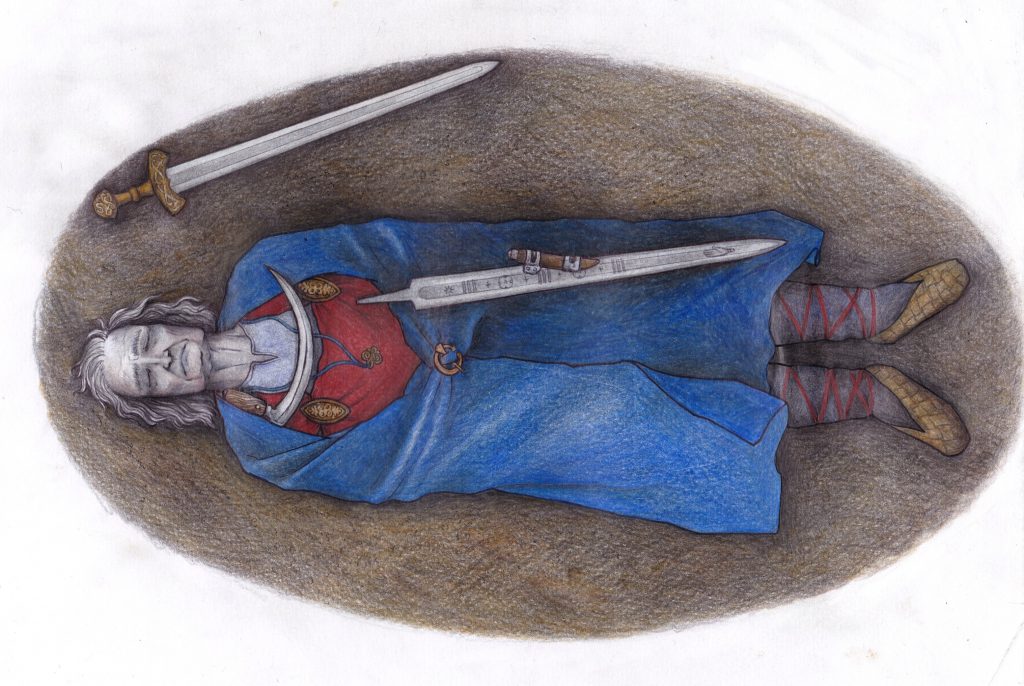Researchers believed for decades that a 1,000-year-old grave in Finland held the remains of a woman. Some even speculated that it was the burial site of a powerful female warrior. Initial excavations in 1968 revealed the burial site at Suontaka Vesitorninmäki, Hattula, southern Finland. The grave contained a combination of items, including jewellery, brooches, and woollen garment pieces, as well as a bronze-hiltless sword. Leading archaeologists to believe the now-debunked theories which were solely based on a contradictory mix of items in the grave. However, scholars have recently confirmed that the individual buried in the grave was in fact a biological male. Therefore, the remains in the grave, previously thought to be those of a woman, are actually of a non-binary individual.
Nonbinary people have gender identities that are neither primarily masculine nor feminine. It is an umbrella term. Non-binary people may identify as a third gender. A person who is non-binary may belong to more than one gender or none at all.
The Research

DNA testing, according to the study “A Woman with a Sword? – Weapon Grave at Suontaka Vesitorninmäki, Finland,” published in the European Journal of Archaeology, has aided in the development of a credible hypothesis. As per the test, the individual at the Suontaka grave had a genetic disease known as Klinefelter syndrome. Wherein, males are born with an additional copy of the X chromosome. Furthermore, lack of facial and body hair, low testosterone, and enlarged breasts are all symptoms of this rare disease.
Certainly, chromosomes do not define a person’s gender identity. Nevertheless, genetic differences do indeed impact an individual’s appearance, as a result, impacting how they perceive themselves. Thus, the genetic evidence, along with the mix of masculine and feminine artifacts buried in the grave, suggests that the person buried there was non-binary.
Furthermore, contrary to common belief, non-binary people were valued members of their societies in ancient European civilizations, according to the research. It is likely that this was the case across early medieval Finland and maybe elsewhere in Scandinavia. Regardless, modern research on the Suontaka grave in Finland sheds light on long-held gender stereotypes in ancient societies.




Warning: Use of undefined constant ‘url’ - assumed '‘url’' (this will throw an Error in a future version of PHP) in /var/www/html/wp-content/themes/theissue/functions.php on line 143
Warning: Use of undefined constant ‘url’ - assumed '‘url’' (this will throw an Error in a future version of PHP) in /var/www/html/wp-content/themes/theissue/functions.php on line 143